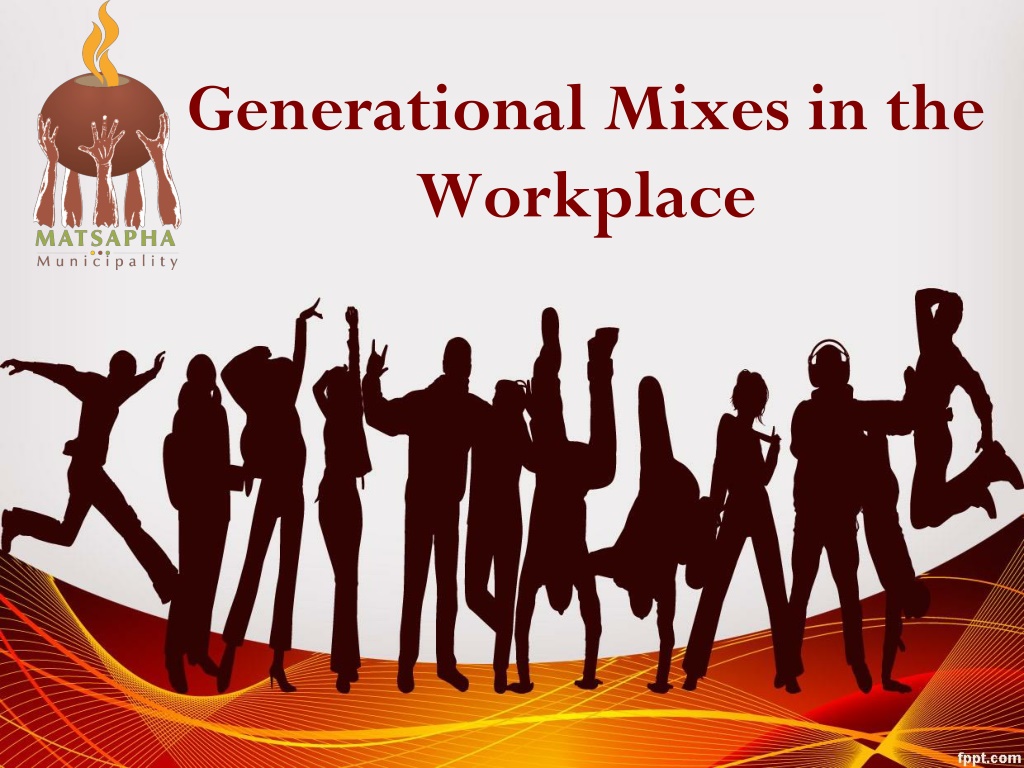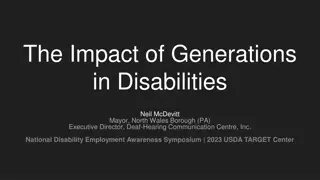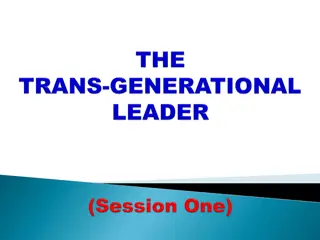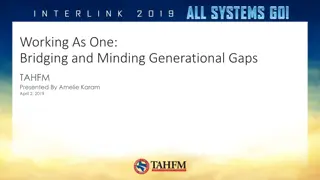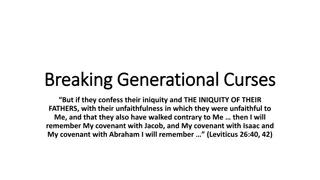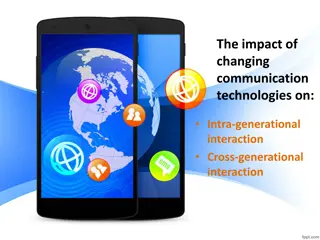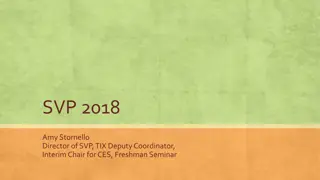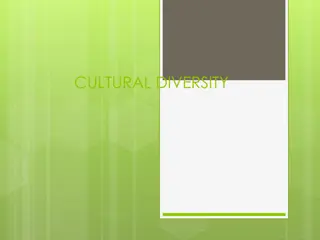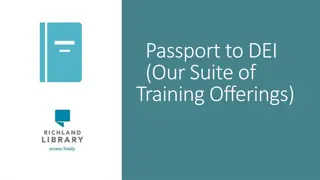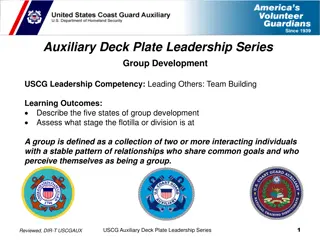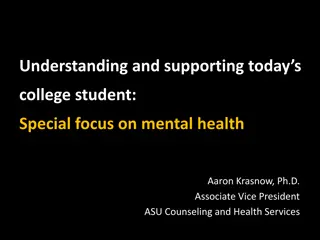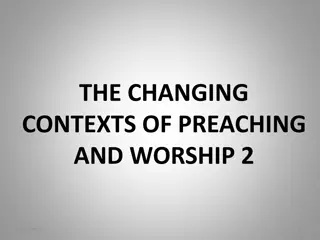Understanding Generational Diversity in the Workplace
Explore the dynamics of generational mixes in the workplace, from the Silent Generation to Millennials. Learn about their characteristics and how to navigate collaboration effectively in a multi-generational environment.
Download Presentation

Please find below an Image/Link to download the presentation.
The content on the website is provided AS IS for your information and personal use only. It may not be sold, licensed, or shared on other websites without obtaining consent from the author. Download presentation by click this link. If you encounter any issues during the download, it is possible that the publisher has removed the file from their server.
E N D
Presentation Transcript
Generational Mixes in the Workplace
Presentation Outline Workplace Mix Millenials in Local Government Innovative Leaders & Organisations Collaboration is the new Competition
Workplace Mix
Multiple Generations Silent Generation / Traditionalists 1965 - 1980 Baby Boomers 1946 - 1964 Ages 67 - 75 Ages 48 - 66
Multiple Generations Generation X 1937 - 1945 Generation Y - Millenials 1981 - 2008 Ages 36 - 47 Ages 19 - 35
Silent Generation: Traditionalists Includes everyone born before 1945 (67 75 years) Less than 1% workforce today Respect authority and expect respect for a job well done. They are hard workers and stick to instructions given. Most have stayed with one company most of their career.
Baby Boomers Born between 1946 & 1964 (48 66 years) Make up approximately 30 - 35% of today s workforce. Respect authority and often hold higher management positions. They offer more ideas than Traditionalists and expect to lead, not follow. E.g. Bill Clinton, George Bush
Gen Xers Born between 1965 & 1982 (36 47 years) Make up about 35 - 40% workforce They know technology and want to use it. May have lots of career interests and paths. They demand individuality and like multi-tasking. E.g. Jennifer Beckham and understand Lopez, Victoria
Millenials / Generation Y Born between 1983 and 2000 (19 35 years) 35% of the current workforce but rising rapidly Not only expect technology in every form, but demand it - would be lost without the Internet or gadgets. Dress code not especially important Seek out jobs where their creativity is most important and rewarded. E.g. Justin Bieber, Rihanna
Millenials in Local Government
Millenials in Local Government SmartGovCommunity millenials are a force of change in Government in 3 ways: Millenials as Citizens trips to city hall decrease and demand for online will increase (digital government), instant services Millenials as Leaders coming into their own power in their 30 s, organisational culture change, flexible work arrangements enabled by mobile technology Millenials as Civic Employees make local government compelling and enticing career path 1. 2. 3.
Innovative Leaders & Organizations
Innovation Leadership: 2 Components 1. An innovative approach to leadership Bring new thinking & different actions - Innovative thinking is a crucial addition to traditional business thinking. It allows you to bring new ideas and energy to your role as leader and to solve your challenges How to think differently about roles & organizational challenges How to break open entrenched, intractable problems? How to be agile and quick in the absence of information or predictability?
Innovation Leadership: 2 Components 2. Leadership for innovation Create organizational climate - innovative thinking Growing a culture of innovation, not just hiring a few creative outliers Helping others to think differently & work in new ways to face challenges? Innovation when all resources are stressed and constrained? Staying alive and stay ahead of the competition?
Business Thinking Versus Innovative Thinking Innovative thinking Traditional business thinking Logical Deductive / inductive thinking Requires proof to proceed Looks for precedence Quick to decide There is right or wrong Uncomfortable with ambiguity Wants results Intuitive Abductive reasoning Asks what if? Unconstrained by the past Holds multiple possibilities There is always a better way Relishes ambiguity Wants meaning
2 Sides of the Same Coin Innovation Leadership Design Innovative Thinking Skill Perceive more deeply, beyond first impressions Interpretive: Look for different perspectives Paying Attention Tap into personal experiences to gain fresh perspectives Personal: consider the customers point of view Personalizing Bring information to life through use of metaphors Abductive: redefine the problem, as what if Imaging Experimental: rapid prototyping, make solutions feel real Generate insights through exploration & experimentation Serious Play Foster productive dialogue by embracing diverse viewpoints Collaborative: share insights and ideas Collaborative Inquiry Integrative: consider the whole Synthesis, rather than analysis Crafting
COMPANIES CAN NO LONGER EXPECT THEIR EMPLOYEES TO BE LOYAL ENOUGH TO STAY FOR 10 OR 20 YEARS, AND MAYBE THAT S A GOOD THING. Harvard Journal Har
